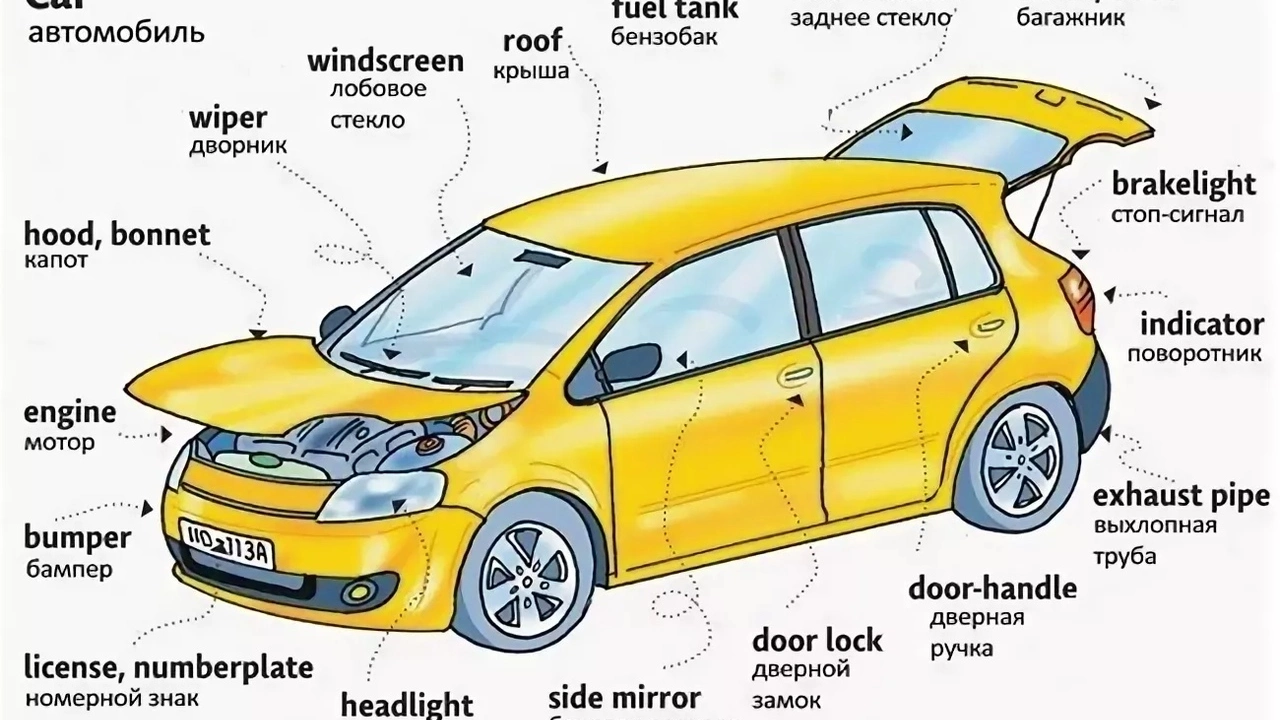Car Ownership Made Easy: Practical Tips for Every Driver
Owning a car feels great until you hit the first surprise bill. Whether you just bought your first vehicle or have been driving for years, a few simple habits can save you cash and headaches. Below are the everyday moves that keep your car reliable and your wallet happy.
1. Choose the Right Car for Your Lifestyle
Before you sign any paperwork, think about how you actually use a car. Do you commute 30 miles a day on the highway? A fuel‑efficient sedan or hybrid will cut fuel costs. Need a truck for weekend projects? Look for a model with a solid warranty and easy‑to‑service parts. Buying a car that fits your real needs avoids paying for features you’ll never use.
2. Keep Up with Basic Maintenance
Skipping oil changes or ignoring a weird noise can turn a small issue into an expensive repair. Follow the manufacturer’s schedule for oil, filter, and fluid changes—most cars need service every 5,000‑7,500 miles. Check tire pressure once a month; under‑inflated tires wear faster and use more fuel. And always replace worn brake pads before they damage rotors. A quick look at these items each season keeps the car running smoother and extends its life.
Another easy win is cleaning the car regularly. Dirt and grime act like sandpaper on paint and metal, leading to rust. A simple wash and wax every few months protects the finish and preserves resale value.
3. Track Your Driving Costs
It’s easy to underestimate how much a car really costs. Write down fuel receipts, insurance premiums, registration fees, and maintenance bills for a few months. You’ll see where money slips away and can adjust habits—maybe carpool once a week or plan routes to avoid traffic. Knowing the true cost helps you budget and decide if it’s time to upgrade or switch to a more economical vehicle.
Don’t forget insurance. Shop around annually and compare quotes. Raising your deductible a little can lower premiums, as long as you have enough saved for a bigger out‑of‑pocket expense if a claim pops up.
4. Stay Informed About Recalls and Updates
Car manufacturers issue recalls when a safety issue is discovered. Register your VIN on the maker’s website or sign up for free alerts. Fixing a recall is usually free and can prevent serious problems down the road. Similarly, software updates for newer models can improve fuel efficiency or add features—install them when you get a service appointment.
5. Plan for the Long‑Term
If you think about selling your car in a few years, keep records of every service. A well‑documented maintenance history boosts buyer confidence and can increase resale price. Also, consider a small cushion fund for unexpected repairs; even a reliable car can develop a surprise issue.
Lastly, think about the end of ownership. When it’s time to part ways, research local trade‑in offers, private sales, or donation options. Knowing your exit strategy early makes the transition smoother.
Car ownership doesn’t have to be a constant worry. By choosing the right vehicle, staying on top of maintenance, watching costs, and keeping informed, you’ll enjoy a reliable ride without breaking the bank.



